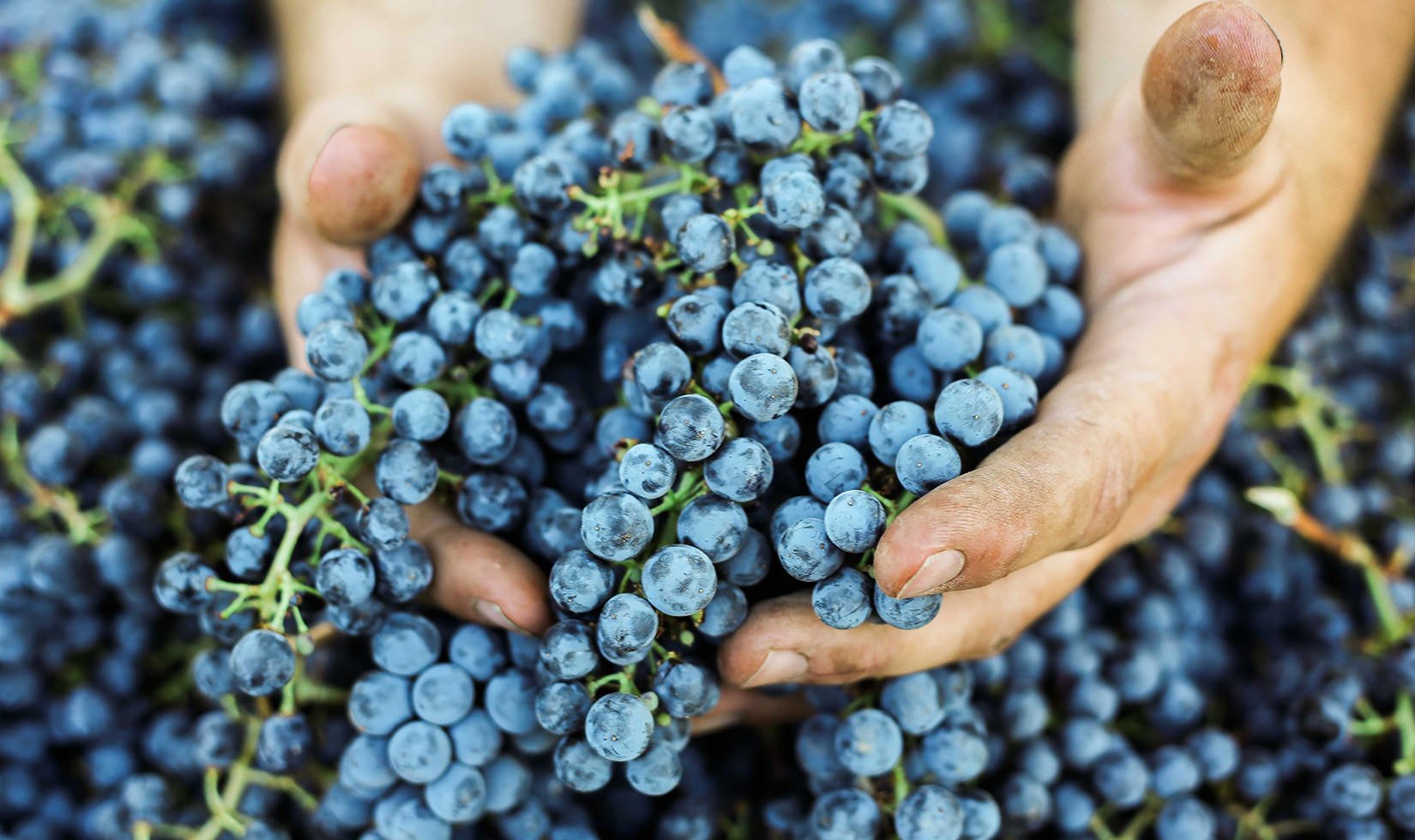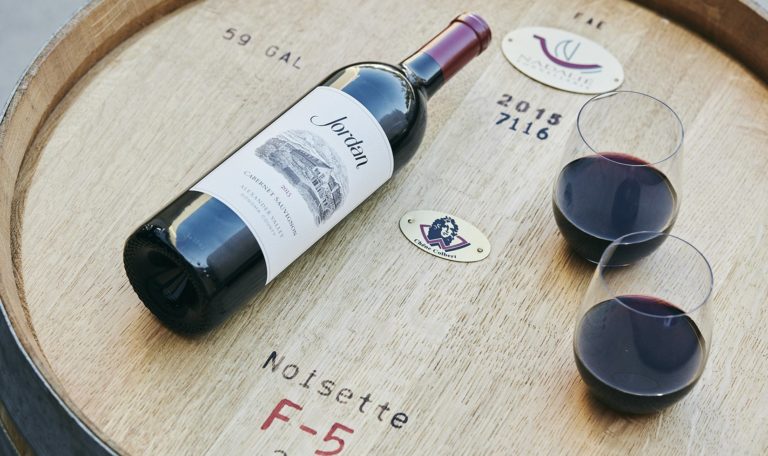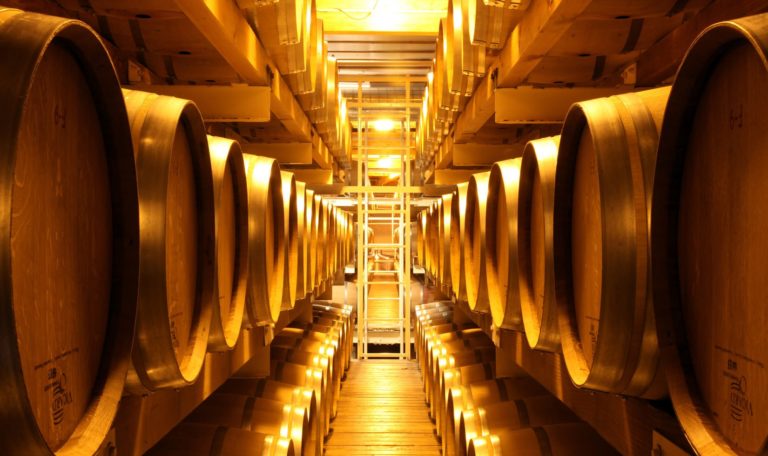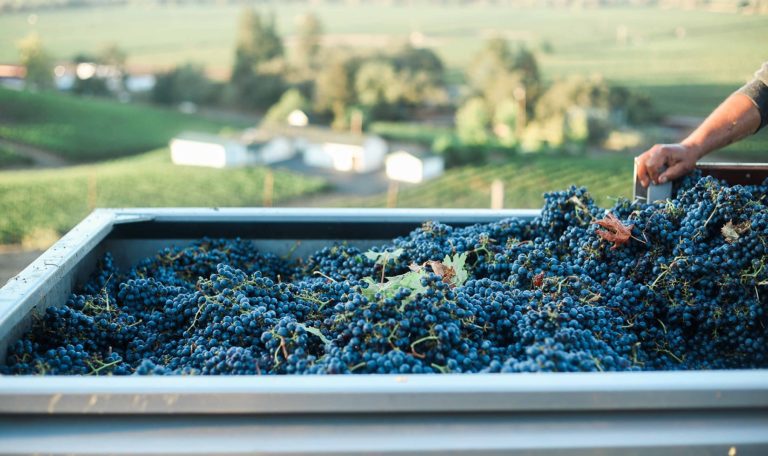Following three exceptional harvests, the 2015 vintage experienced more difficult weather conditions, but great vineyards prevail during these climatic challenges. In years like this, it is especially important to pay meticulous attention to farming practices and vineyard site selection in order to craft elegant, perfectly balanced wines. Five main factors played a key role in making classic 2015 Cabernet Sauvignons in Sonoma and Napa—and for Jordan in particular—despite the curveballs Mother Nature pitched our way.
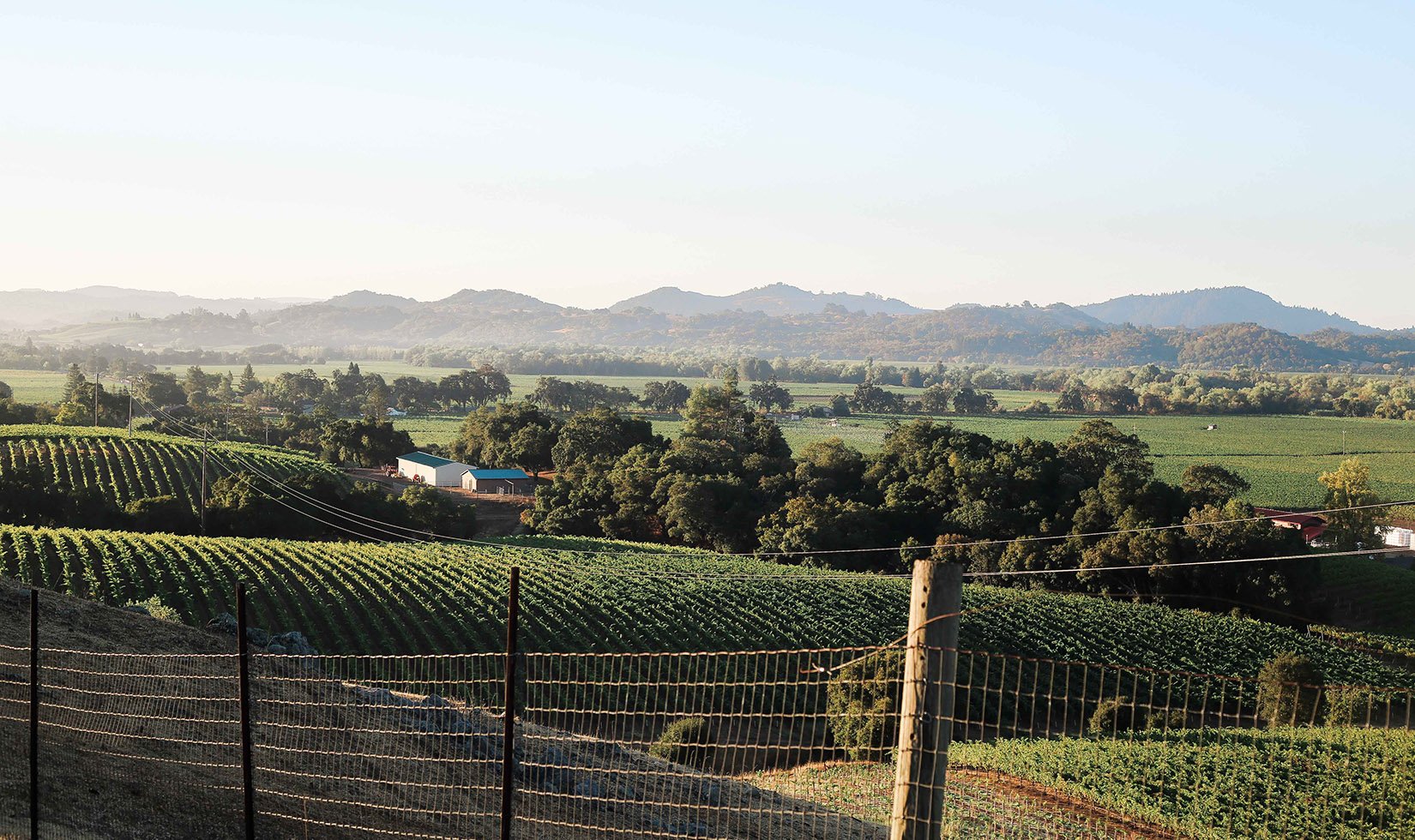
Meticulous Viticulture Assured Great Quality
Mild spring weather resulted in an early bud break, with grapevines emerging from dormancy three weeks ahead of a typical growing season. Temperatures remained warm in March and April, mitigating any frost threats, and it looked like the vintage was off to a great start. But when early May arrived, the weather took a dramatic turn. Suddenly, it seemed more like February than the end of spring, and unusually cool, damp days lingered the first two weeks of the month when fertilization of the grapevines’ flowers was occurring. This caused shatter in the forming clusters, which led to fewer flowers on the grapevines developing into berries. Sometimes a smaller crop is not a bad thing. Fewer and smaller clusters can provide more concentration in the wine, as long as the vine growth is balanced. But too many times, when nature takes a bite from the vineyard in terms of crop size, the grower has to work diligently to maintain the balance of vigor in the vine. “Undercropped” vines in years like 2015 require vigorous canopy management to get the vine to focus on their grape clusters rather than the excess growth of the canopy. It all comes down to achieving physiological maturity in the fruit.
The cool weather also led to uneven flowering and fruit set in some of Jordan’s Alexander Valley vineyards. Because uniformity of the clusters is key to growing exceptional fruit and making great wines, I asked all of our growers to drop any flower clusters still hanging while they completed hand-leafing of the canopies. Fruit set was so prolonged that I wanted to ensure any latent clusters that were less mature than the rest were removed. Because Mother Nature didn’t cooperate, we had to sacrifice some of our precious crop to bring the vintage back into balance. Fortunately, warm weather soon returned and remained throughout the summer, helping the vines ripen their reduced crop.
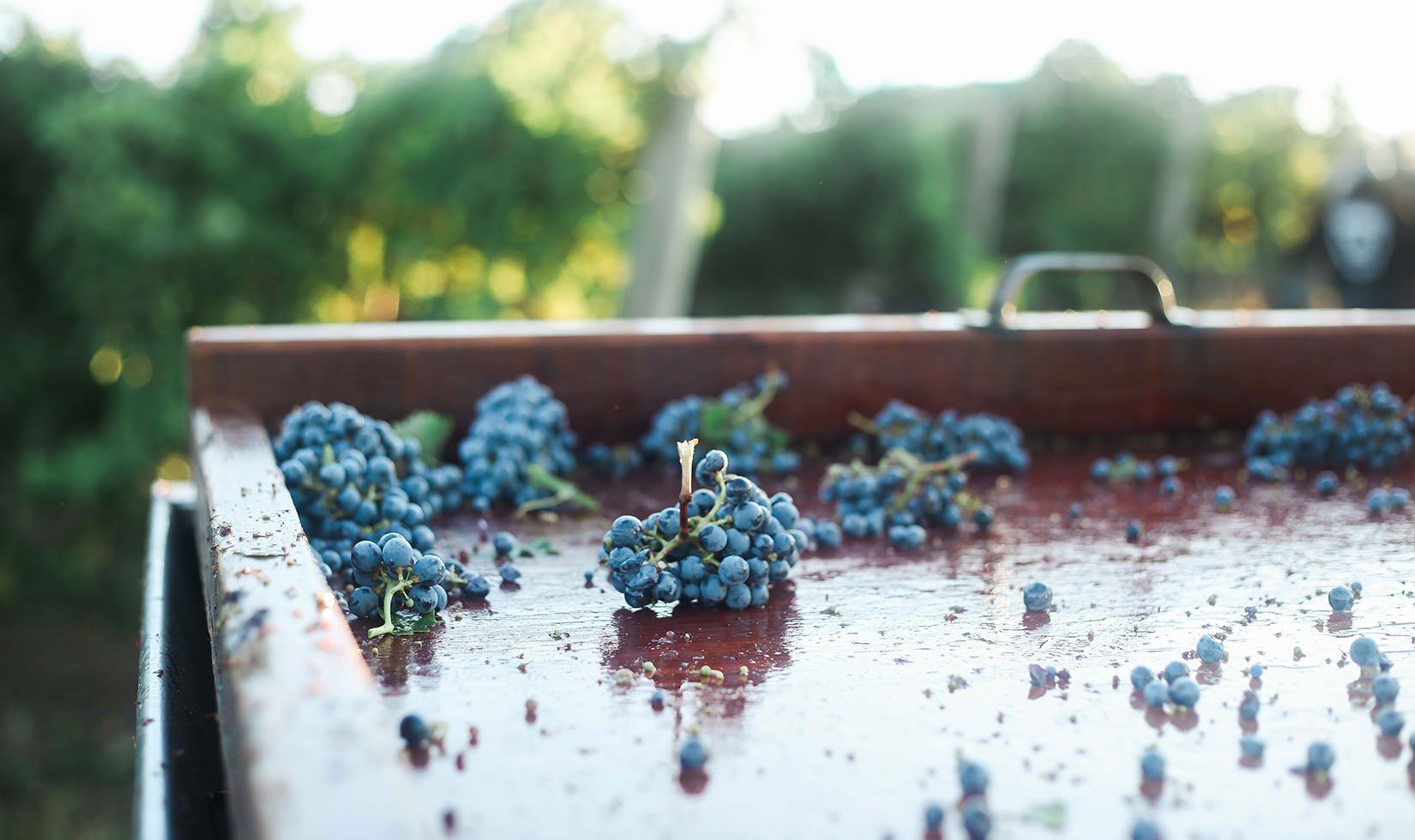
Smaller Berries Brought More Concentration
The growing season was free of major heat spikes until September, when temperatures climbed above 100 degrees. Extremely hot weather makes winemakers and growers uneasy, because it causes vines to shut down and withdraw water from the clusters to help them survive. The heat fluctuations, coupled with the cold weather during flowering, resulted in grape cluster weights being down 20-30 percent from normal. All the work prior to the harvest maintaining the balance between the canopy and the bearing fruit came literally to fruition when we chose the timing of our pick for 2015 cabernet sauvignon, which ensured that the small berries retained their concentrated flavors.
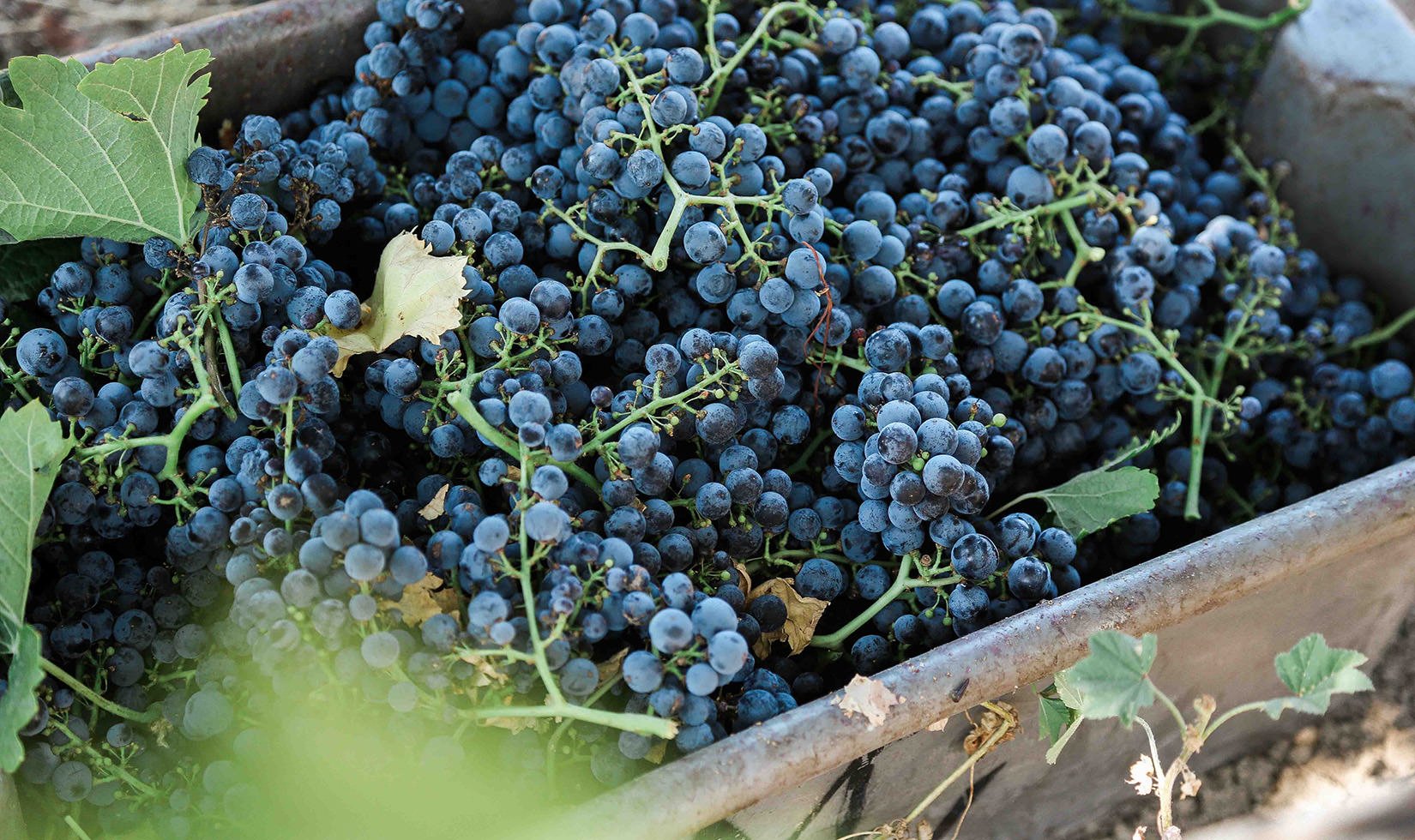
Fruit Quality Was Excellent
The September heat wave lingered throughout the first half of the month, accelerating sugar levels in the grapes and speeding up harvest dates. It was a scramble during the last five days of harvest to get all the ripened fruit into the winery, when much-welcomed cool weather moved in. The last grapes made their way through the hopper and into our fermentation room on September 28, making the 40th vintage at Jordan one of the earliest-finishing harvests in our history. Despite low yields, the quality of the fruit was superb. The cabernet displayed deep, rich, blackberry and cherry aromas with a concentration of tannin provided by the vintage’s uniquely small berries.
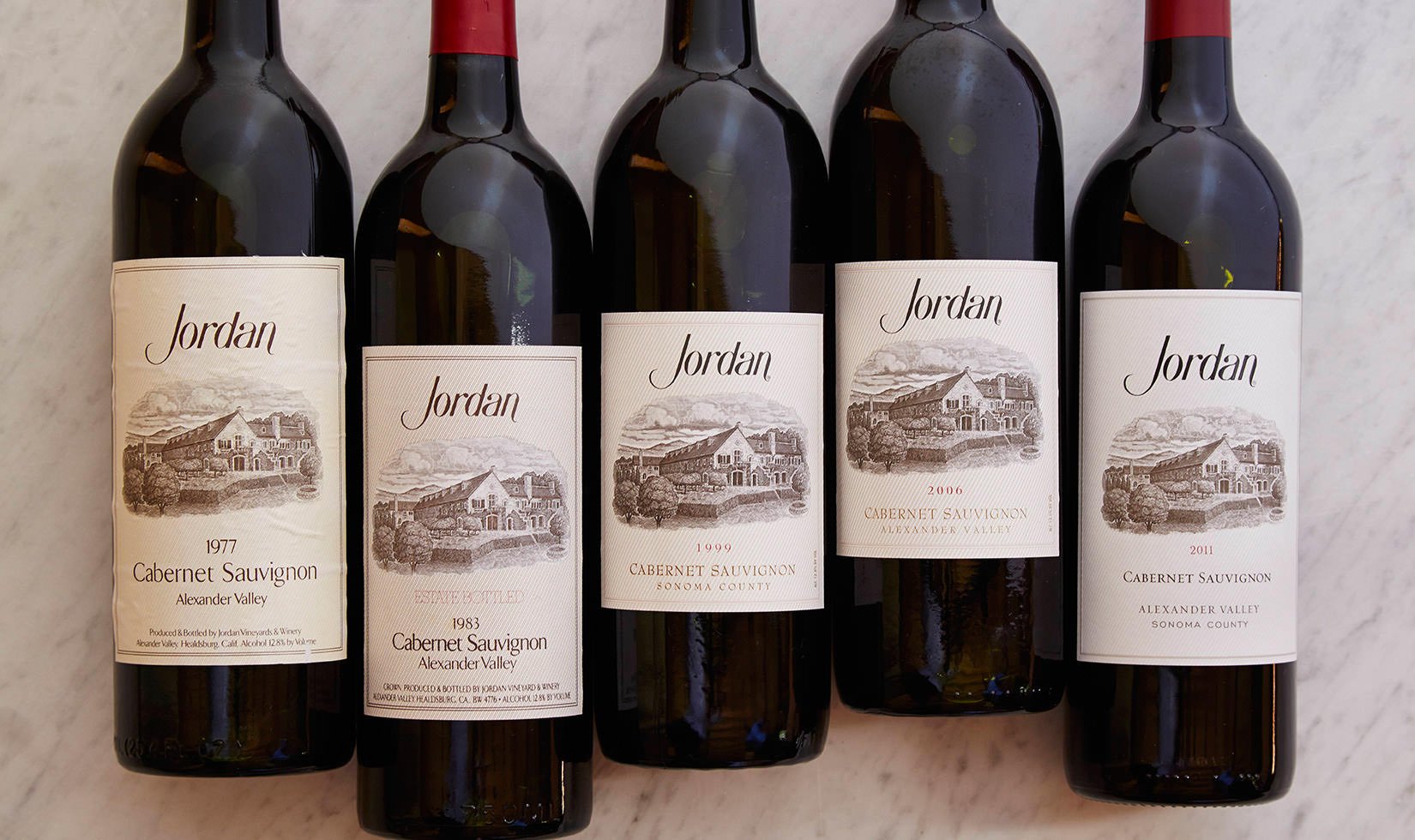
The Cooler Vintage Lent Itself to Silky, Bordeaux-style Wines
The overall coolness of the 2015 vintage lent itself perfectly to crafting beautifully balanced, Bordeaux-style cabernets—Jordan’s house style since the winery was founded. The 2015 Jordan Cabernet is pure elegance in a glass, with aromas of black cherries, pomegranate, dried cranberries and a hint of graphite. Its lovely, silky texture coats the palate with layers of black cherries and a touch of cedar from French oak’s fine tannins. From beginning to end, the balance carries all the way through.
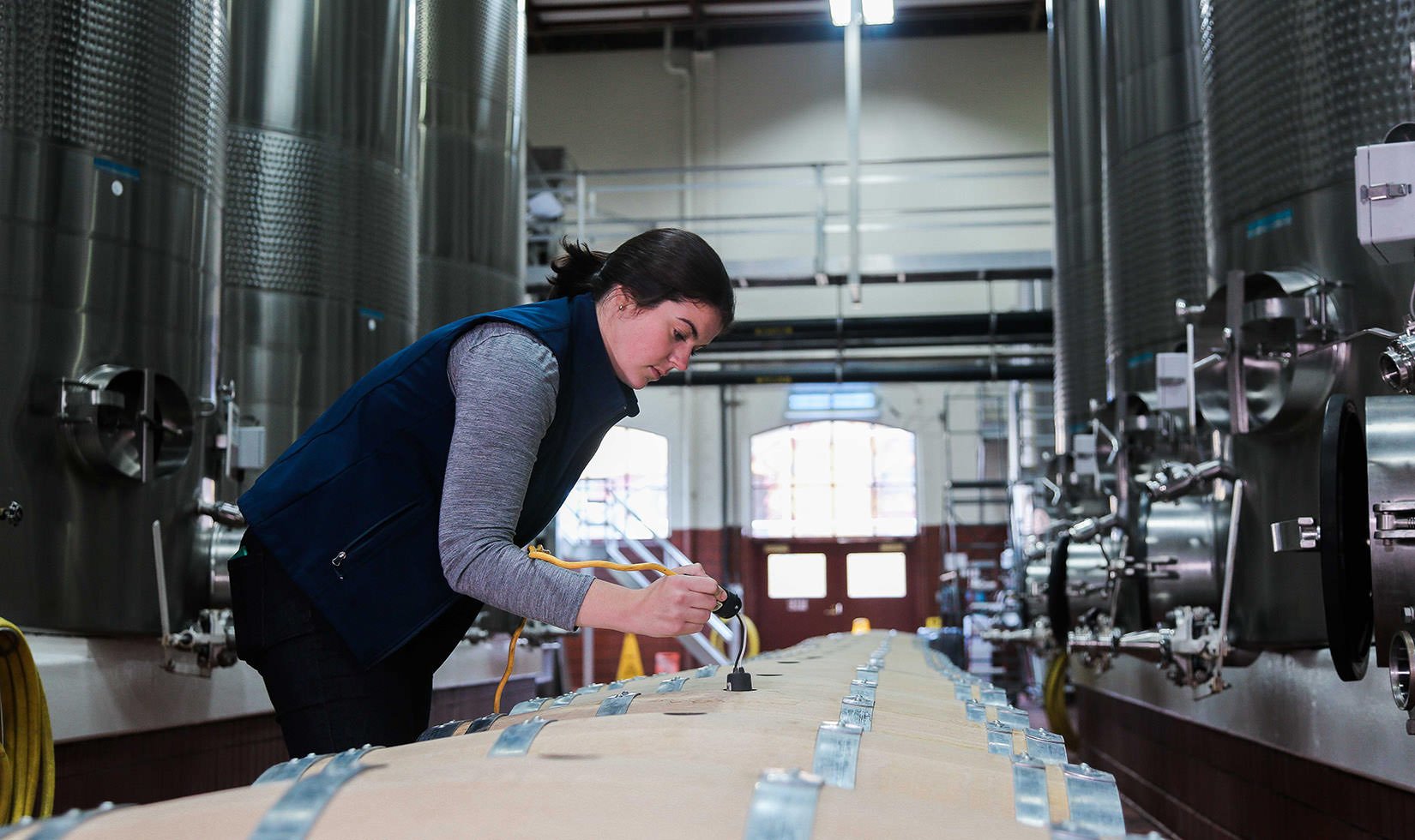
All French Oak Elevated the 2015 Vintage’s Structure
Aging entirely in French oak barrels for the first time in Jordan’s history played a pivotal role in this wine. Jordan Cabernet Sauvignon historically was aged in a 50-50 mix of French and American oak barrels, as a tribute to the wine’s European inspiration and American roots. However, in 2005, when John Jordan took the reins from his parents to become the winery’s CEO, we set a plan in motion to transition to entirely French oak barrels to better complement the shift in the winery’s vineyard sourcing away from valley-floor fruit. The proof is in our 2015 Cabernet, which exudes a great fruit character and fine structure that French oak supports and elevates—a truly classic vintage. Read the full story behind our transition from French-American to all French oak barrel aging.
Learn more about the 2015 Jordan Cabernet Sauvignon.
